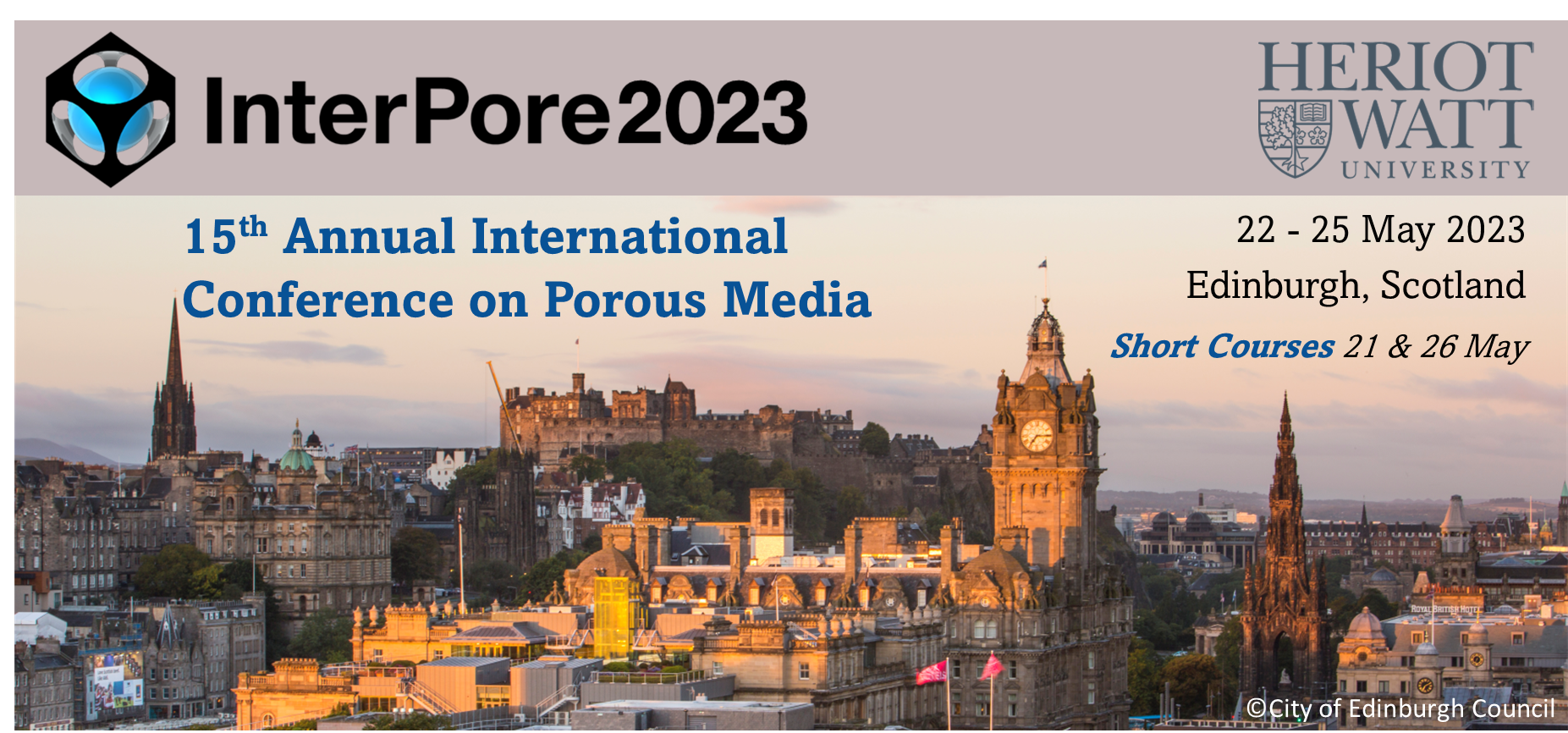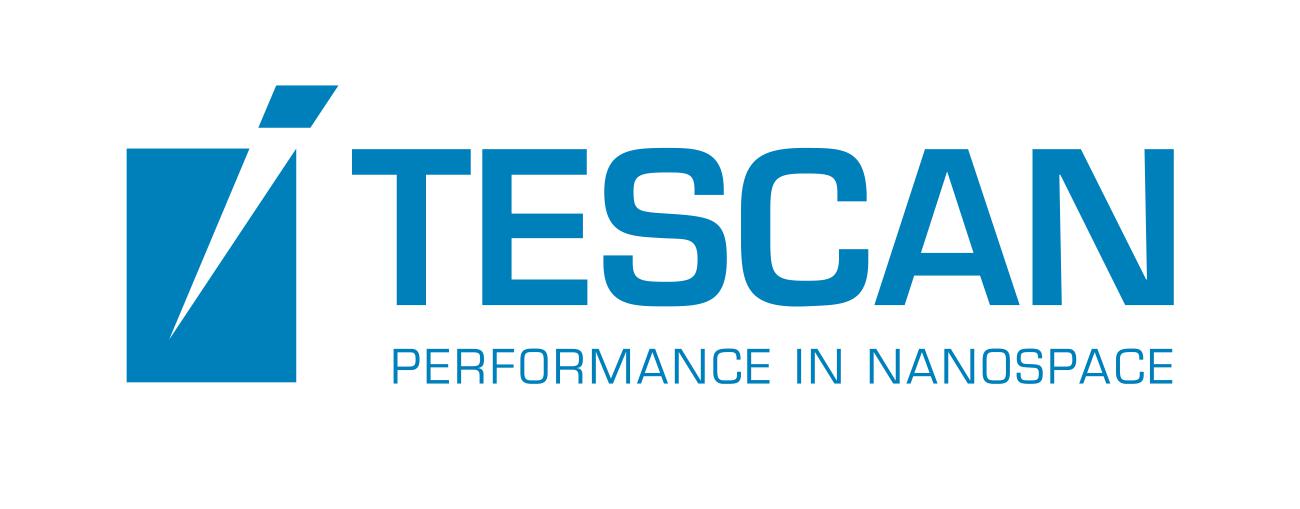Speaker
Description
Sintering of ceramics consists in the formation of bulk materials from disperse partcicle systems (unconsolidated powder compacts). It always involves strengthening (i.e. due to the formation and growth of sinter necks between the particles or grains) and usually (but not always) also densification (i,e. the reduction of possibly complete elimination of pores) and coarsening (grain growth). During sintering the elastic moduli, e.g. Young’s modulus, increase. Using temperature-dependent impulse excitation this has been shown e.g. for alumina ceramics [1], zirconia ceramics [2] and alumina-zirconia composite ceramics [3]. In these cases it is clear that main cause for the increase of Young’s modulus during sintering is the densification which leads to a reduction of porosity and is accompanied by shrinkage. This has been extensively investigated via numerical property calculations on computer-generated model microstructures capturing the essential features of partially sintered ceramics [4-8]. On the other hand, more recently it has been shown that even in cases where sintering occurs without shrinkage, i.e. where the porosity remains unchanged, Young’s modulus increases during sintering [9]. The reason for this is the aforementioned formation and growth of sinter necks between the particles or grains, together with changes in the surface curvature of the grains, which may be viewed as a kind of naturally occuring microstructural optimization. This contribution gives an overview on the current understanding of the evolution of Young’s modulus during sintering with and without shrinkage. It is shown that apart from porosity, three other Minkowski-functional-based microstructural descriptors can be important in determining Young’s modulus, viz. the surface density, the mean (Germain) curvature integral density and the total (Gauss) curvature integral density. Of these, the surface density seems to be the most influential parameter. Moreover, from the practical point of view, this microstructural descriptor has the advantage that it need not be determined via image analysis but can be determined via gas adsorption measurements.
Acknowledgement: This work is part of the project “Impulse excitation as an unconventional method for monitoring phase changes and microstructural evolution during thermal loading of materials” (GA22-25562S), supported by the Czech Science Foundation (Grantová agentura České republiky).
References
- Gregorová E., Pabst W., Nečina V., Uhlířová T., Diblíková P.: Young‘s modulus evolution during heating, re-sintering and cooling of partially sintered alumina ceramics, J. Eur. Ceram. Soc. 39 (5), 1893-1899 (2019).
- Gregorová E., Nečina V., Hříbalová S., Pabst W.: Temperature dependence of Young’s modulus and damping of partially sintered and dense zirconia ceramics, J. Eur. Ceram. Soc. 40 (5), 2063-2071 (2020).
- Gregorová E., Semrádová L., Sedlářová I., Nečina V., Hříbalová S., Pabst W.: Microstructure and Young’s modulus evolution during re-sintering of partially sintered alumina-zirconia composites (ATZ ceramics), J. Eur. Ceram. Soc. 41 (6), 3559-3569 (2021).
- Pabst W., Uhlířová T., Gregorová E.: Shear and bulk moduli of isotropic porous and cellular alumina ceramics predicted from thermal conductivity via cross-property relations, Ceram. Int. 44 (7), 8100-8108 (2018).
- Pabst W., Uhlířová T., Gregorová E., Wiegmann A.: Young‘s modulus and thermal conductivity of model materials with convex or concave pores – from analytical predictions to numerical results, J. Eur. Ceram. Soc. 38 (7), 2694-2707 (2018).
- Uhlířová T., Nečina V., Pabst W.: Modeling of Young‘s modulus and thermal conductivity evolution of partially sintered alumina ceramics with pore changes from concave to convex, J. Eur. Ceram. Soc. 38 (8), 3004-3011 (2018).
- Pabst W., Uhlířová T.: Benchmark polynomials for the porosity dependence of elastic moduli and conductivity of partially sintered ceramics, J. Eur. Ceram. Soc. 41 (15), 7967-7975 (2021).
- Uhlířová T., Šimonová P., Pabst W.: Modeling of elastic properties and conductivity of partially sintered ceramics with duplex microstructure and different grain size ratio, J. Eur. Ceram. Soc. 42 (6), 2946-2956 (2022).
- Šimonová P., Gregorová E., Pabst W.: Young’s modulus evolution during sintering and thermal cycling of pure tin oxide ceramics, J. Eur. Ceram. Soc. 41 (15), 7816-7827 (2021).
| Participation | In-Person |
|---|---|
| Country | Czech Republic |
| MDPI Energies Student Poster Award | No, do not submit my presenation for the student posters award. |
| Acceptance of the Terms & Conditions | Click here to agree |







